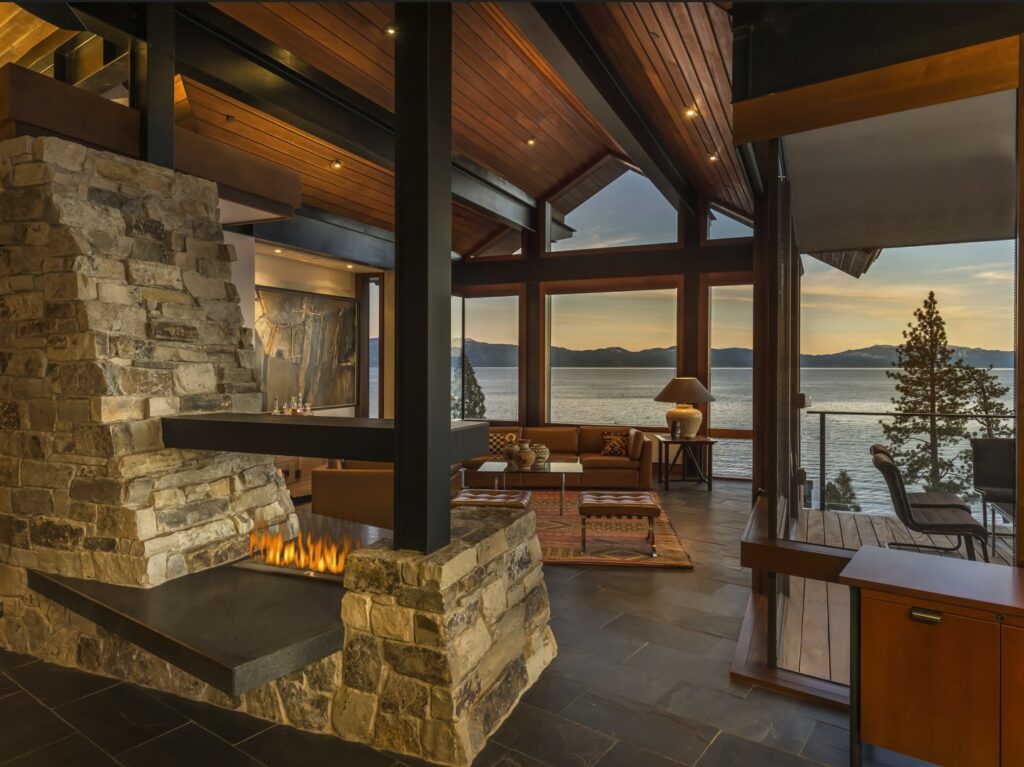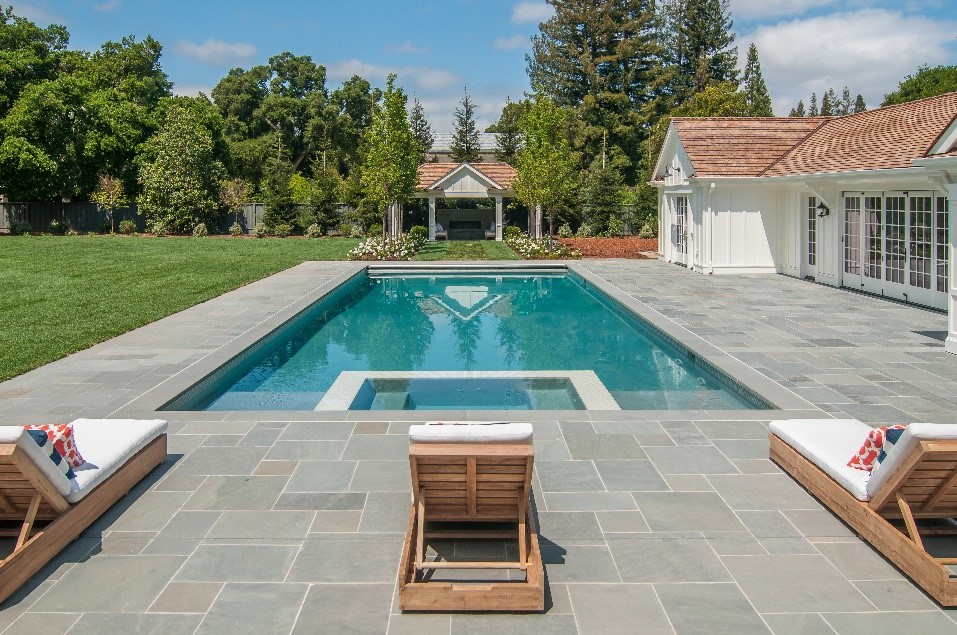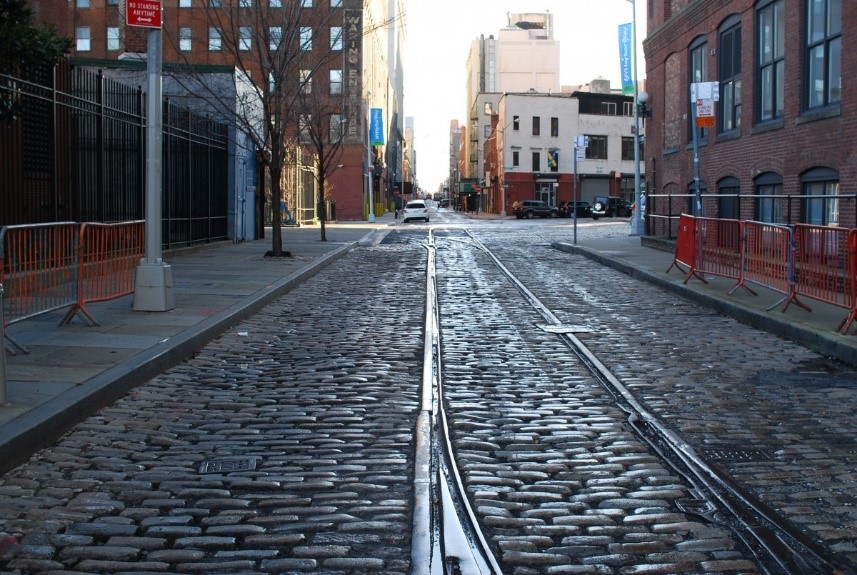Our houses are one of the most important investments we’ll ever make. Natural stone is the kind of investment that turns a house into a home. It becomes the centerpiece, the place where families gather to share stories, to sing happy birthday, or maybe just gaze at the fire with your little ones gathered on the hearth.
So when choosing stone make sure to take your time. Go to the material yards, see it under the sun, or after a good rain. Touch it. Tilt your head and find that angle where the sun flicks off that speck of mica.
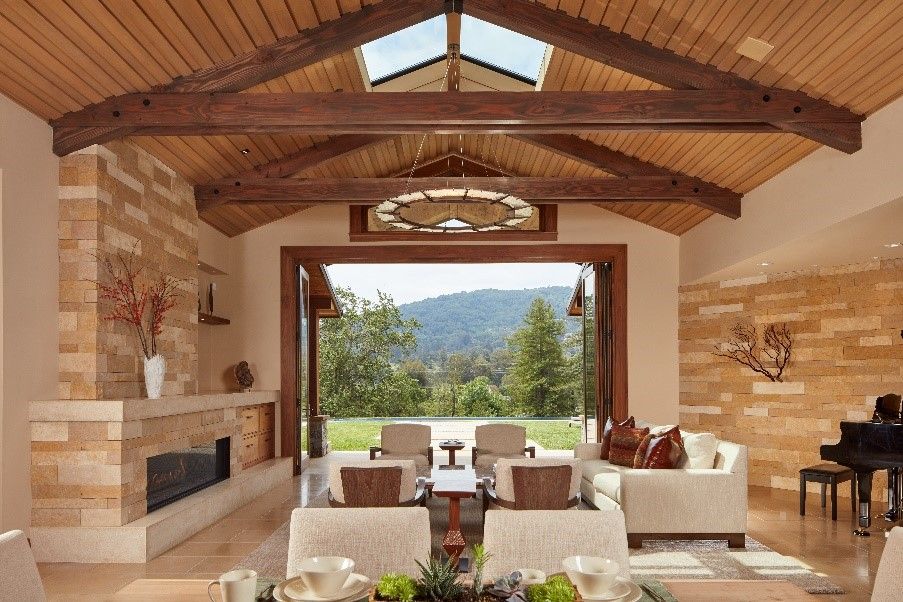
Cost:
Generally, the big question is: how much does it cost? Straight answer: It ain’t cheap. But let’s unpack exactly what cost entails for a true gauge of price.
When people hear the word expensive they often think overpriced. But perhaps we might look at value rather than price for proper perspective. When we consider value we ask ourselves: Does it need maintenance? Will it go out of style? Will it fall apart in a few years and make us frustrated about a bad investment we made? Good contractors sometimes ask: Do you want to pay once for quality or pay twice for bargains you find at Home Depot?
When the time comes to pick your new natural stone—come to the Mountain View Masonry Showroom. Ask questions and let us walk you around. Here are a few options we might show you…
Texas Limestone
A softer, lower elevation Texas limestone with lots of snail and fossil marks may be the perfect touch for a kitchen backsplash or fireplace. Just don’t drive a truck over it. Limestone doesn’t have the great strength of granite. But thanks to a low iron content your limestone will stay cool in summer when the family is grilling outside. Plus, the creamy colors are soothing and calming.
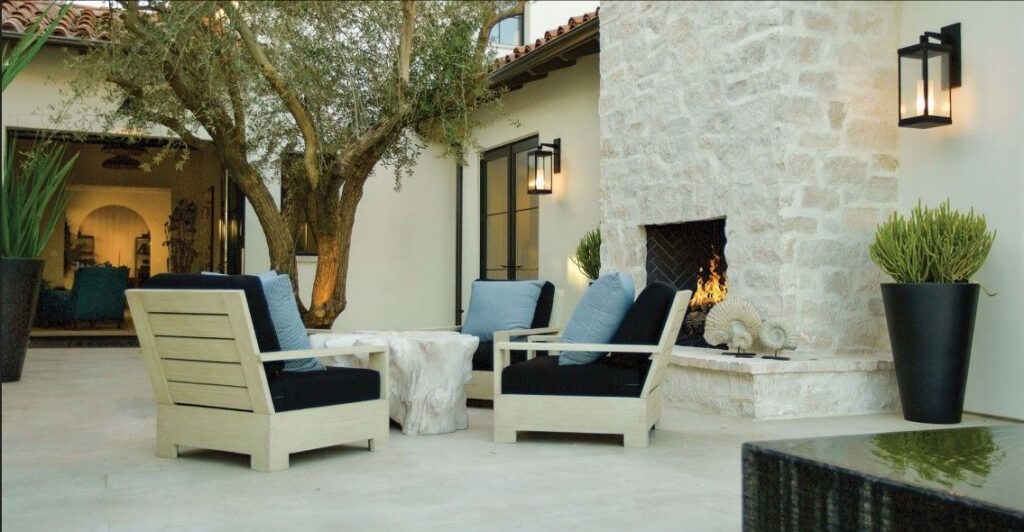

Travertine
Depending on where the travertine comes from it will carry differing strengths. Low elevation Mexican travertine has lots of character and pitting. But it won’t do well with chemical pools. For a more durable travertine try the Peruvian flavor that comes from 14,000 ft up in the Andes. All travertine comes pocked with those little organic shapes in the surface, an elegant distinction unique to this stone that always comes from water sources.
Connecticut Bluestone
You can’t go wrong with Bluestone. This elegant sandstone comes from Pennsylvania, New York and other states—not including Connecticut (we don’t understand either). It comes in several colors and finishes. For a modern look go with blue-select—staying within blues and greys. For a more robust pallet, the full-range color allows rusted hews to wash across the stones. With dimensional pieces you might try the flamed finish—a heating process that smooths the surface and mutes coloring. Or just leave it alone in the natural cleft style that says this stone came freshly split from the mountain just yesterday.
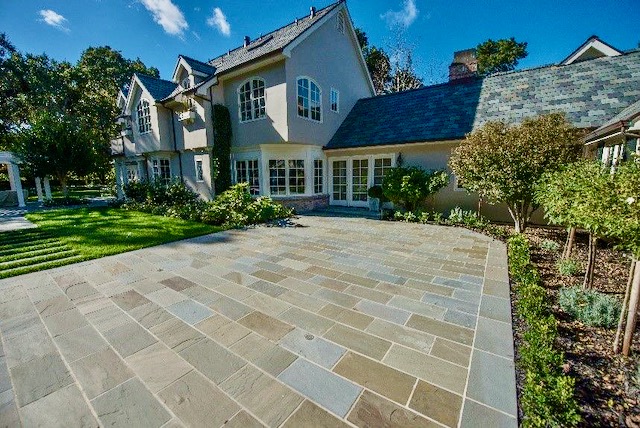
Maintenance:
Most natural stones can be cleaned with pressure washing or certain detergents. Mild muriatic acid may be used but always with caution. Stone formations with high levels of calcium carbonate such as limestone, travertine, marble, or onyx, can be adversely affected by acids. So always consult with your natural stone supplier for best practices prior to using chemicals.
Credit and Additional Resources
Thank you to Jon Wood of Glacier Stone Supply for collaborating with us on this two-part blog. Find part one here. To gather more inspiration and ideas on natural stone, check out the Peninsula Building Materials website. Or check out the Peninsula Building Materials Pinterest pages for more ideas:
- Fireplaces
- Natural Stone Veneer
- Natural Stone in Contemporary Style
- Natural Stone for Your Beach House
Thank you for reading the Design & Build Blog. If you have any questions or a topic you’d be interested in learning more about – leave us a comment below or on our social media. Even better, you can reach out to us directly.


